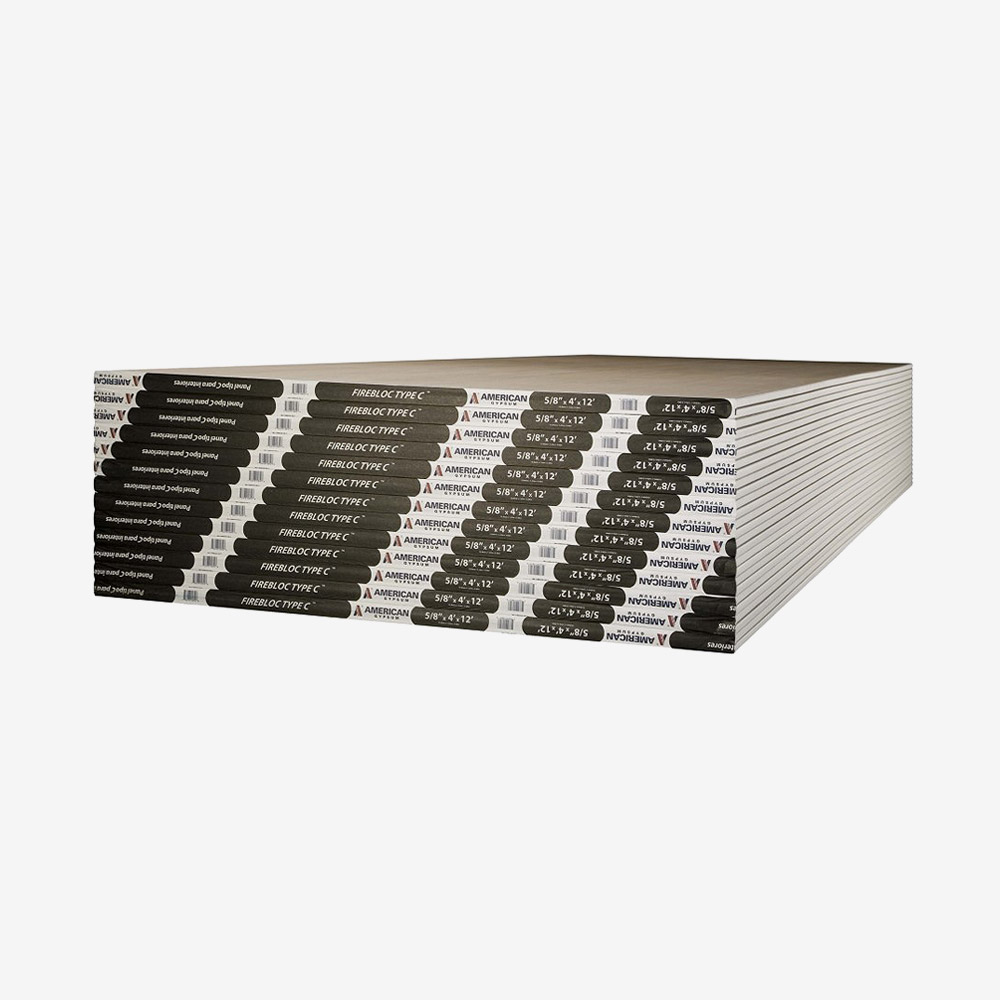

Not all drywall is the same. This post breaks down standard, mold-resistant, and fire-rated drywall—when to use each, what they cost, and why it matters.
Not all drywall is created equal. Whether you're doing a basement finish, building out a commercial space, or working on a kitchen remodel, knowing which type of drywall to use can save you time, money — and potential repairs down the road.
Here’s a breakdown of the three most common drywall types, what they’re used for, and how to tell them apart.
✅ What it is:
The most basic and widely used type of drywall. It’s made of a gypsum core and standard paper facing on both sides. It’s usually white or gray in color.
🔧 Best for:
💡 Things to know:
Standard drywall is not moisture-resistant, so avoid using it in bathrooms, laundry rooms, or basements unless you’re pairing it with proper waterproofing.
✅ What it is:
Also known as “green board” or “purple board,” this drywall is treated to resist moisture and mold growth. It has a fiberglass mat or treated paper facing instead of standard paper.
🔧 Best for:
💡 Things to know:
Mold-resistant drywall is more expensive than standard drywall, but worth it in high-humidity or damp environments. Not waterproof — just water-resistant.
✅ What it is:
Fire-rated drywall, often labeled as "Type X," contains fiberglass strands and other additives that help it resist burning and slow the spread of fire.
🔧 Best for:
💡 Things to know:
Fire-resistant drywall is typically 5/8” thick (vs. 1/2” for standard) and heavier. You might be required by local building code to use Type X in certain areas.
If you’re a builder, contractor, or DIYer, make sure you’re choosing the right type of drywall for the space. Using the wrong board can lead to mold issues, failed inspections, or even fire code violations.
Need help getting the right drywall to your site — same day? Ruck delivers it straight from the supplier to your crew, fast.
Click here to get a delivery quote.